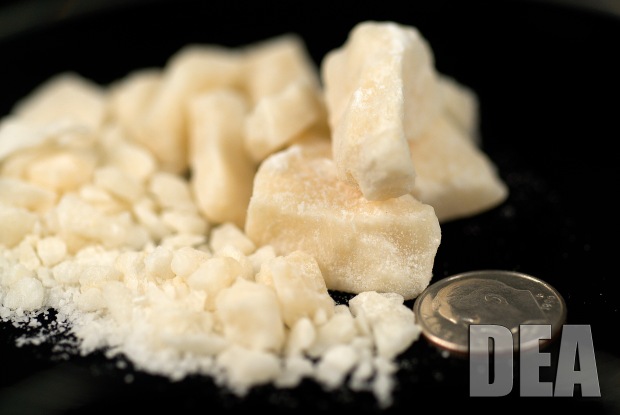Are Gangs Problems or Solutions to Problems?
The gang problem in Los Angeles is a result of a number of factors, insufficient economic opportunities, the lack of extra curricular activities, an oppressive local government, and the lack of African American role models. The response to this oppressive environment was the formation street gangs in Los Angeles.
The original gangs of Los Angeles were formed in the 1950s in response to violent white gangs such as the “Spook Hunters” (Bastards of The Party). There were originally four different street organizations, the Slausens, the Farmers, the Businessmen, and the Gladiators (Bastards of The Party). The fact that there were no organizations to join in the African American community at that time encouraged the banding together of these neighborhood kids not only for protection, but for a sense of brotherhood as well. The conflict between the white and black gangs of Los Angeles continued until the white flight movement of the 1960’s, when the majority of the white residents of Los Angeles decided to move outside of the inner city to surrounding suburbs (Bastards of The Party).
During the 1950s and 1960s the African American community not only had to protect themselves from radical white groups, but they also had to contend with one of the most oppressive modern local governments the United States has ever seen. Chief William Parker of The Los Angeles Police Department, from 1950-1966, encouraged the oppression and brutalization of the African American community on a regular basis (Crips and Bloods: Made in America). One of the duties given by Chief Parker was to keep African Americans out of white areas. The African American community was confined to their own neighborhoods (Bastards of The Party).
The African American community had many opportunities to work in factories located in Los Angeles that were producing supplies for World War II (Crips and Bloods, Made in America). This opportunity allowed many members of the African American community in Los Angeles to live a lower-middle class life during the 1950’s and early 1960’s (Crips and Bloods: Made in America). In the mid to late 1960’s there was a shift in the economy from an industrial economy to an economy that was based on service and information that African American traditionally did not have the training for, due to prejudice (Crips and Bloods: Made in America). With the large African American population in Los Angeles and the lack of industrial jobs caused unemployment to skyrocket. This void gave the opportunity for the Slausens, the Farmers, the Businessmen, and the Gladiators.
The social impacts of the poverty caused by the lack of economic opportunity have caused many broken homes to form in Los Angeles. Seventy percent of gang members in Los Angeles are born into broken homes with no father figure to guide them (Bastards of The Party). The youth of Los Angeles lacked role models; therefore, out of desperation, these young people turned to older gang members for guidance (Bastards of The Party). When a young person does not have a father figure they often turn to a gang as a means of protection for themselves and their families. These young people oftentimes are victimized and make the decision to join an organization that will protect them as well as give them employment, often involving the crack cocaine trade. This is how gangs obtain and sustain their following within the community.
Although society views gangs as a substantial problem within the community, gangs provide the resources and stability for its members. Gangs offer protection, employment, security and stability. Thus, joining a gang solves the problem of protection, which to a young black man in Los Angles is a necessity. Gangs also offer employment to its members through drug trade or extortion. Before one is to pass judgment on what membership to a gang means it is imperative that one examines the circumstances in which a person becomes a member as well as the opportunities that gang membership will offer the individual. In conclusion, a gang is an escape route for most individuals surrounded by poverty.
Sources
Bastards of The Party (2005)
Crips and Bloods: Made in America (2008)

This work is licensed under a Creative Commons Attribution-NonCommercial-ShareAlike 3.0 Unported License.






